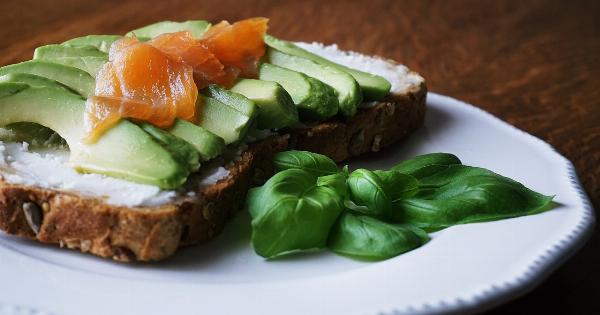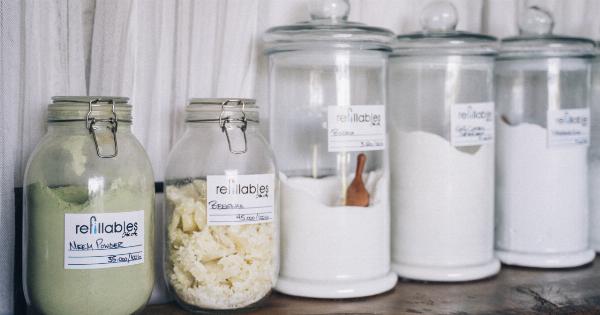Chocolate, with its rich and decadent taste, is a beloved treat enjoyed by many around the world. However, not all chocolate is created equal when it comes to its health benefits.
With the abundance of options available on store shelves, it can be challenging to select the healthiest chocolate. In this article, we will explore some tips and guidelines to help you make an informed decision while indulging in your favorite treat.
1. Opt for Dark Chocolate
When it comes to the healthiest chocolate, dark chocolate takes the crown. The higher the cocoa content, the better it is for you. Look for chocolates containing at least 70% cocoa to reap the numerous health benefits it offers.
Dark chocolate is rich in antioxidants, specifically flavonoids, which have been linked to various health advantages, including improved heart health, lowered blood pressure, and enhanced brain function.
2. Check the Ingredients
Reading the ingredient list is crucial in selecting healthy chocolate. Avoid chocolates with high amounts of sugar, unhealthy oils, and artificial additives. Always look for chocolates with minimal and recognizable ingredients.
Additionally, opt for organic and fair-trade chocolates to ensure that you are supporting sustainable practices and avoiding harmful pesticides and genetically modified organisms (GMOs).
3. Mind the Serving Size
While dark chocolate offers health benefits, it is important to consume it in moderation. Keep an eye on the serving size mentioned on the packaging, as consuming too much chocolate can lead to excess calorie intake.
A thumb rule is to limit your intake to one to two ounces per day to enjoy the health benefits without the guilt.
4. Consider Sugar Content
Sugar is often a significant concern in chocolate products. Excessive sugar consumption can increase the risk of obesity, diabetes, and other health issues.
Look for chocolates with lower sugar content or those sweetened with healthier alternatives like stevia or coconut sugar. Chocolates sweetened with natural sugars tend to have a more balanced and less overwhelming sweetness.
5. Research the Brand
Before purchasing a specific chocolate brand, investing some time into researching the company can be worthwhile. Look for brands that prioritize quality ingredients, ethical sourcing, and sustainable practices.
Read customer reviews and testimonials to gain insights into the overall reputation of the brand.
6. Seek Out Additional Nutrients
Some chocolate brands incorporate additional nutrients and superfoods into their products, making them even healthier choices. Look for chocolate that contains ingredients such as nuts, seeds, or dried fruits.
These additions not only enhance the taste but also provide additional nutrients and health benefits.
7. Mindful Indulgence
While choosing the healthiest chocolate is important, practicing mindful indulgence is equally necessary. Savoring each bite, eating slowly, and truly enjoying the chocolate can enhance your overall satisfaction.
Being mindful of your chocolate consumption can prevent overeating and help you develop a healthier relationship with this delicious treat.
8. Consider Specialty Chocolates
Specialty chocolates, such as raw chocolate or bean-to-bar chocolate, are becoming increasingly popular. These chocolates often use minimal processing, preserving more of the natural nutrients and flavors.
Additionally, specialty chocolates tend to have a shorter ingredient list, making them a healthier option.
9. Explore Dark Chocolate Varieties
Dark chocolate comes in various flavors and varieties. Experiment with different percentages of cocoa content and flavor profiles to find what suits your taste buds and preferences.
While 70% cocoa content is a good starting point, you might find you enjoy the richness of higher percentages, like 85% or even 90% cocoa.
10. Budget-Friendly Options
Eating healthy doesn’t have to break the bank. Look for budget-friendly options and sale discounts while choosing your chocolate.
Often, local or artisan brands offer healthier options at more reasonable prices compared to mass-produced commercial chocolates.































